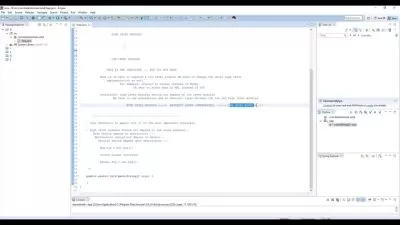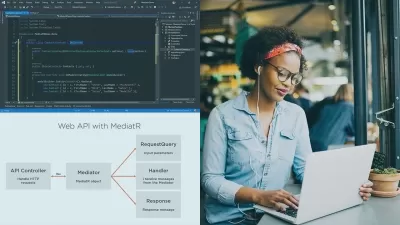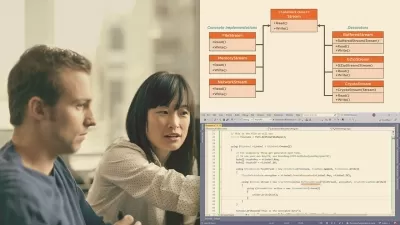Microservices Architectural Design Patterns Playbook
Rag Dhiman
13:23:11
Description
In this course, you will learn how to implement microservices architecture using tools, design patterns and techniques.
What You'll Learn?
Microservices architecture theory promotes flexible and competitive software. In this course, Microservices Architectural Design Patterns Playbook, you will learn how to achieve real-world microservices architecture using suitable patterns and practices. First, you will explore design patterns and practices for implementing a successful microservices architecture. Next, you will see how to reap the benefits of an architecture. Finally, you will learn how to use these tools and techniques. By the end of this course, you'll be able to effectively design your microservices architecture.
More details
User Reviews
Rating
Rag Dhiman
Instructor's Courses
Pluralsight
View courses Pluralsight- language english
- Training sessions 144
- duration 13:23:11
- level average
- English subtitles has
- Release Date 2023/08/21
















